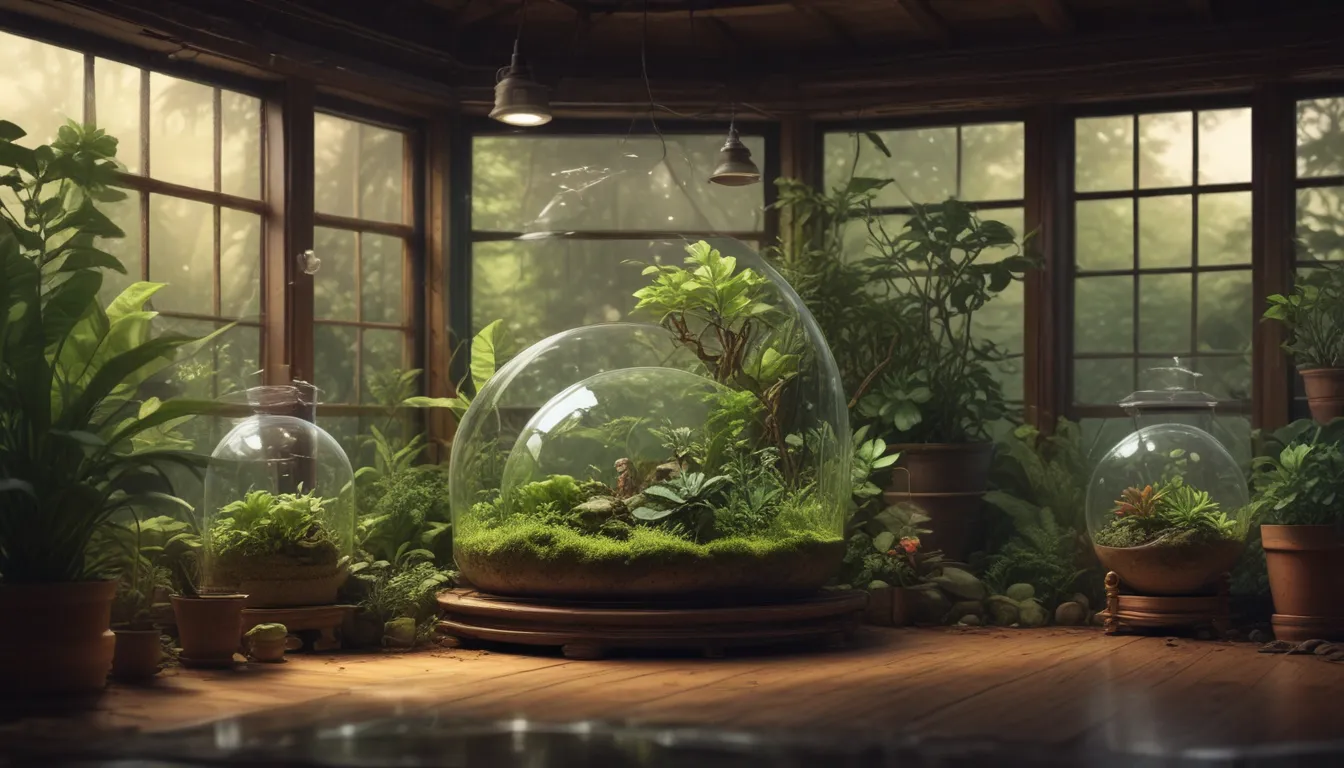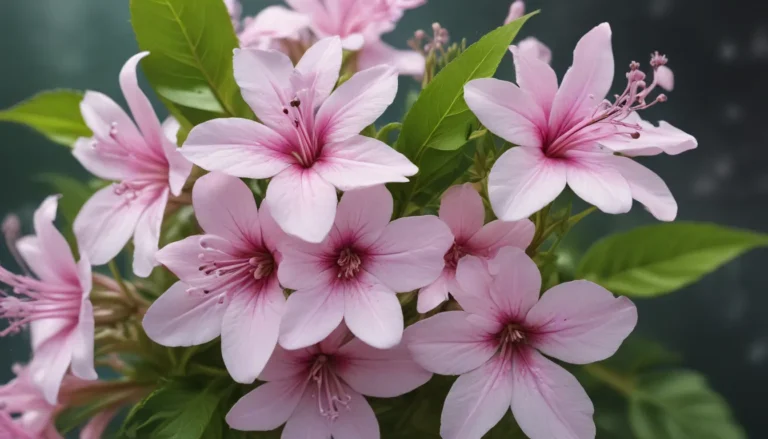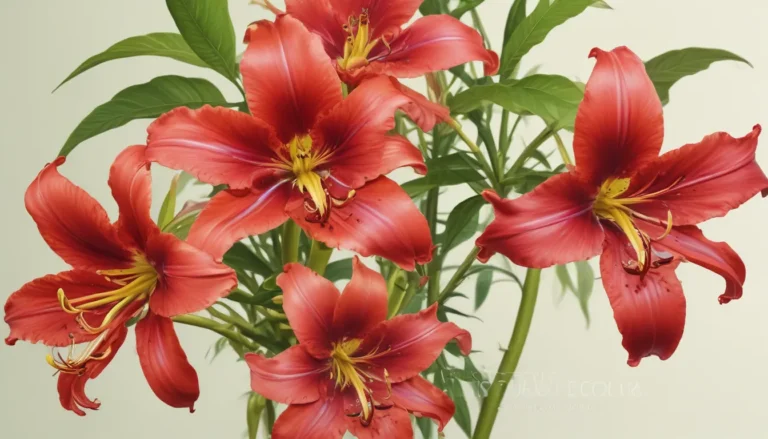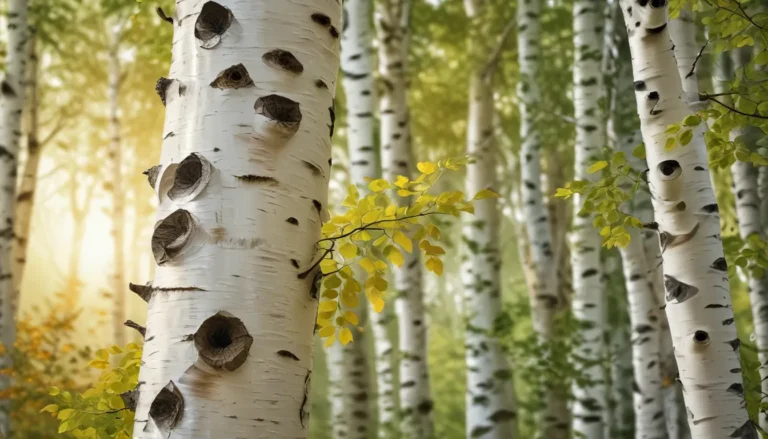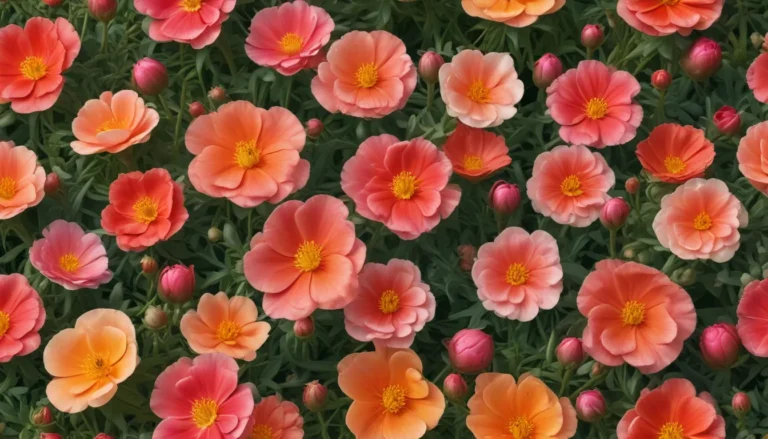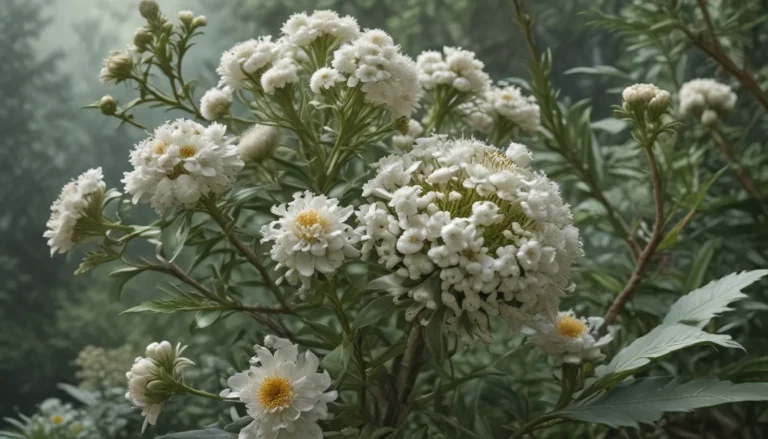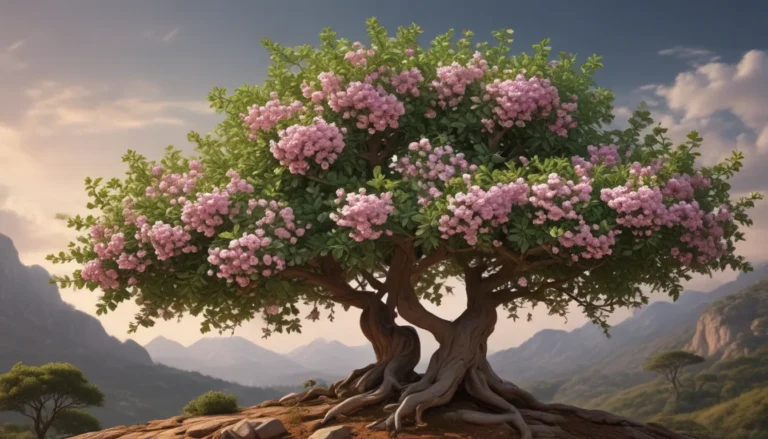The pictures we use in our articles might not show exactly what the words say. We choose these pictures to make you interested in reading more. The pictures work together with the words but don’t take their place. The words still tell you the important facts.
Are you looking to bring a little piece of nature into your home? Look no further than terrariums, miniature gardens enclosed in glass containers that offer a unique way to showcase plants while providing a therapeutic and calming presence. As we delve into the enchanting realm of terrariums, we uncover a myriad of fascinating facts that shed light on their history, design, and benefits. Join us on a journey through the looking glass as we explore the captivating world of terrariums and uncover the secrets held within these miniature botanical wonders.
Understanding Terrariums: A Closer Look
Terrariums are captivating miniature ecosystems that bring the beauty of nature into indoor spaces. These enchanting creations are enclosed in glass containers, allowing for a self-sustaining environment where plants thrive within a closed system. The word "terrarium" is derived from the Latin word "terra," reflecting the essence of encapsulating a small piece of Earth within a glass enclosure.
Terrariums emerged during the 19th century, gaining popularity as a means to study plant growth and as an ornamental addition to Victorian homes. Today, terrariums continue to be a beloved choice for plant enthusiasts due to their intriguing concept and low maintenance requirements.
The Beauty of Terrariums: Types and Benefits
Terrariums come in various types and sizes, offering a wide array of options for showcasing plants. From open succulent terrariums to closed moss terrariums, there is a terrarium to suit every preference and spatial constraint. Open terrariums allow for air circulation, making them suitable for plants that thrive in drier conditions, while closed terrariums create a humid environment that supports moisture-loving plants.
One of the remarkable aspects of terrariums is their low-maintenance nature. Due to the closed environment, terrariums create a self-sustaining ecosystem, requiring minimal watering and upkeep. This makes them an ideal choice for individuals seeking a touch of greenery with minimal effort.
Creating Your Own Terrarium: Tips and Tricks
Terrariums have gained popularity as do-it-yourself (DIY) projects, offering a creative and enjoyable endeavor for gardening enthusiasts. Enthusiasts can personalize their terrariums by adding decorative elements such as miniature figurines, colorful stones, or small natural artifacts, creating visually stunning compositions within the glass container.
To thrive, terrarium plants typically require indirect light and occasional pruning to ensure healthy growth. Placing a terrarium in a location with moderate natural light or utilizing artificial grow lights can provide the appropriate illumination for enclosed plants.
The Therapeutic Benefits of Terrariums
Engaging in the creation and care of terrariums offers therapeutic benefits, promoting mindfulness and a sense of accomplishment. The process of nurturing and observing the enclosed plants can be a fulfilling and calming experience for individuals seeking a mindful activity. Terrariums provide a tranquil and calming presence, making them an ideal addition to spaces where relaxation and stress relief are desired.
The Endless Charm of Terrariums
Terrariums continue to captivate plant enthusiasts worldwide with their enchanting appeal, ease of care, and versatility. Whether as a thoughtful gift, a DIY project, or a tranquil addition to indoor spaces, terrariums bring a touch of natural beauty into everyday surroundings.
Conclusion
In conclusion, terrariums offer a unique and visually appealing way to bring the beauty of nature indoors. Whether you're a beginner or an experienced gardener, the allure of these captivating glass gardens is undeniable. Embark on your own terrarium adventure and experience the joy of nurturing a thriving microcosm of greenery.
FAQs
Q: Can I use any type of plant in a terrarium?
A: While many plants can thrive in a terrarium environment, it's essential to choose species that are well-suited for the conditions within the container. Opt for small, slow-growing plants that prefer high humidity and low light, such as ferns, mosses, and air plants.
Q: How often do I need to water a terrarium?
A: The frequency of watering depends on the size of the terrarium, the type of plants, and the moisture level in the soil. It's best to monitor the soil moisture and water only when necessary to avoid overwatering, which can lead to root rot.
Explore the world of terrariums and discover the joy of bringing nature into your home. Whether you're looking for a creative DIY project, a therapeutic activity, or a beautiful addition to your space, terrariums offer endless possibilities for plant enthusiasts and nature lovers alike. Embrace the beauty of these captivating miniature ecosystems and transform your surroundings with a touch of greenery.
